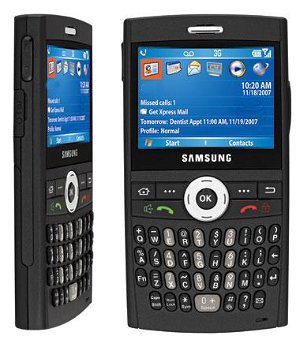 |
| Left to right: Yours truly, and classmates Kevin and Nguyen |
On a side note, I got married recently. I still have the family ceremonies to do, and that is planned for after I pass the bar exam. But as of this week, I am a married man! Wow. I did not see that coming. No one else did either. I'm getting the full law school experience; J.D., wife, what else? I can't wait until I see what life has in store for me.
Last weekend, I went to a bar association conference. I also had a job interview. Good results! I found someone to mentor me, and I met a lot of great people. But most importantly, I will be in California this winter working a temp job at a law firm. I am going to do my best and see if that will take me elsewhere! I know this sounds cheap, but seeing Ferraris and McLarens as I drive to my interview really drives me to work harder. I don't plan on living in vanity, and I'll probably never own a Ferrari to drive around, but I do plan on having enough money to raise my family and go wheel to wheel racing.
 |
| J.W. Mariott |
Wish me luck!




















